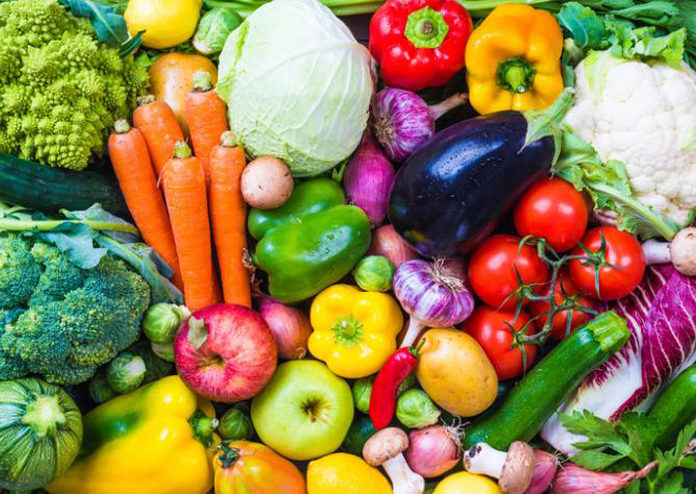How Much Salt Is Naturally in Vegetables?
Sodium is found in many foods and is even naturally occurring in some fresh vegetables. The majority of fresh vegetables are low in sodium but it is important to know which ones are higher in sodium for those trying to reduce their intake. The Dietary Guidelines for Americans as of 2010 recommends limiting sodium intake to less than 2,300 milligrams per day for those under 50 and 1500 milligrams per day for those over 50 (consult with your doctor to find out your limit).
To reduce sodium, do not add any salt to your vegetables and for the majority of the time, choose low sodium options.
Higher Sodium Vegetables
Higher sodium vegetables are ones that have more than 140 milligrams per serving. One cup of cooked spinach contains 184 milligrams of sodium per serving. One cup of raw Swiss chard contains even more, with 313 milligrams of sodium. When eating these vegetables, reduce your intake of sodium from other foods throughout the day.
Low Sodium
According to the website Fruit & Veggies More Matters, vegetables that have less than 140 milligrams of sodium per serving are considered to be low sodium. Examples of vegetables that are low in sodium are artichokes, sweet potatoes, radishes, celery, carrots, broccoli and bell peppers. One cup of raw celery contains 96 milligrams of sodium.
Very Low Sodium
Vegetables with 35 milligrams or less of sodium per serving are considered to be very low sodium. Some of these vegetables include Brussels sprouts, lettuce, mushrooms, cabbage, cauliflower, green onion and tomatoes. A 1-cup serving of raw tomato has 9 milligrams of sodium. One cup of cauliflower has 19 milligrams of sodium.
Sodium Free
Vegetables with 5 milligrams of sodium or less per serving are considered to be sodium free. Sodium free vegetables include asparagus, cucumber, corn, green beans, avocado, potatoes and summer squash. A 1-ounce serving of avocado only has 2 milligrams of sodium. Eat these vegetables often since they are rich in nutrients and free of sodium.






